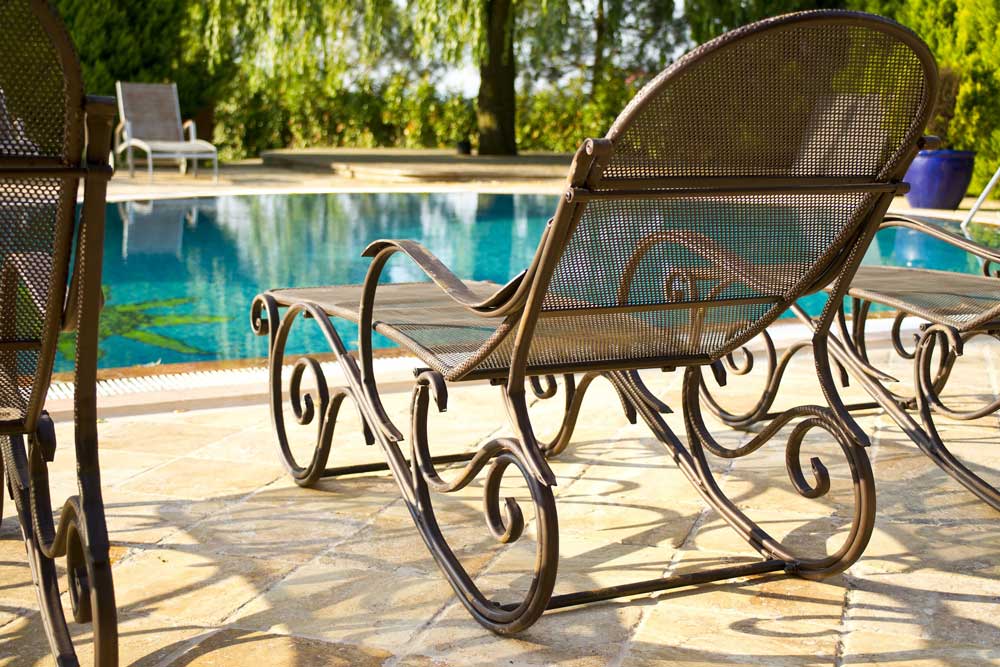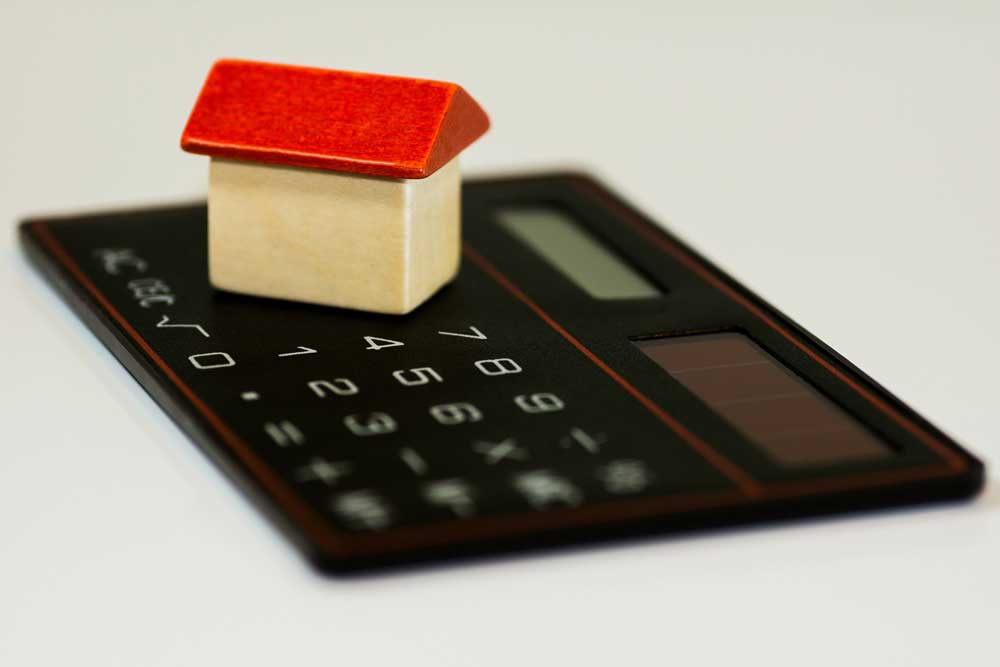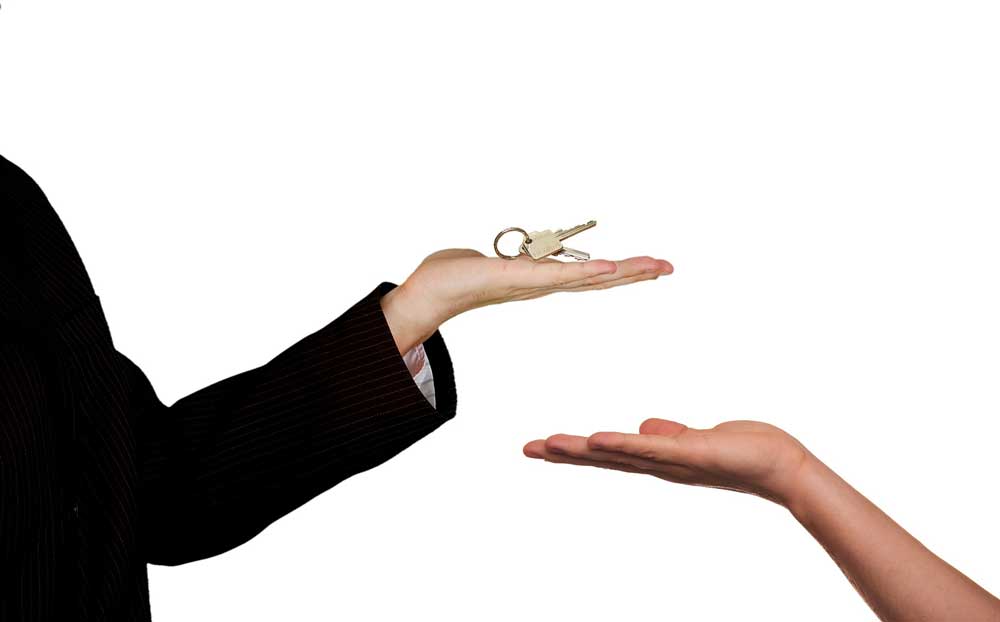
Buying your first vacation home is guaranteed to be both a thrilling and challenging experience. If you have obtained a mortgage on your primary residence, you know you need significant documentation and paperwork for these types of transactions. Buying your first vacation home is similar, albeit with some differences, no matter if you are using your vacation property for yourself or you are planning to rent it out.
If you have been looking at buying a vacation property, here is a 10-point checklist to follow to ensure the process is smooth and that you are happy with the property in the long-run.
1. Familiarize Yourself With Potential Vacation Home Areas
North America is home to some of the most diverse and beautiful landscapes that you will see in the world. From the Rocky Mountains of British Columbia and Alberta, down through New Mexico, to the tropical regions of Hawaii and Florida, North America has very desirable locations for second homes. Many individuals may not be fully aware of all these different areas and how they can provide a quality experience.
In Canada, if you are looking for outdoors and mountains, you may want to consider somewhere in BC or Alberta (Whistler and Banff come to mind in particular). Further east is the Muskoka Lakes region of Ontario or “Canada’s cottage country”, perfect for getaways with the family. To help you familiarize yourself with various popular areas within Canada for vacation homes, we’ve created a guide to the “Eight Best Places to Buy a Vacation Home in Canada.”
In the United States, for all you wine lovers out there you may consider the beautiful Napa Valley in California. For those seeking fun in the sun then Hawaii and Florida may be at the top of your list. Or perhaps a rural cabin outside the city is at the top of the list. Whatever the case, you will need to narrow your search to one or more potential locations before going any further on your journey and ultimately buying your first vacation home.
Most importantly, be sure to visit the area you are interested in. Book a weekend getaway and get to know the area. Play tourist and discover the local attractions. This will also help you narrow down the particular neighborhoods you are interested in as well.
No matter what you are looking for in a vacation home, there’s somewhere just right for you! The first step is to find an area or a couple of areas that interest you.
2. Determine What Purposes Your Vacation Home Will Serve

The term “vacation home” can mean very different things to different people. To one person, it can mean a condo with a pool that they visit once or twice a year. Another person might think that a vacation home is a place that you visit every weekend. Some people like the thought of renting out their vacation home while they’re not using it. Others would prefer that it be vacant.
How you plan on using your vacation home will have significant tax, legal, and financial implications. You’re better to have reasonably concrete goals and objectives for your soon-to-be purchase before buying your first vacation home.
In particular, you’ll want to answer two critical questions.
- Will you be visiting your vacation property frequently or infrequently?
- Will you be renting out your home when you are not there?
After you decide on how often you can visit your property, you’ll also need to have an idea of what you will be doing there. Picture yourself at your ideal vacation home. Where are you? Have you taken a short weekend drive to the mountains to go skiing? Are you flying to another province to see the bright lights of a different city that you love? Take the time to imagine yourself in your ideal vacation home and make a mental note of how that looks.
3. Determine What Type of Property You Want
Using your answers in step 2 of this checklist, you can now determine what type of property you want.
If you are looking to visit your property frequently, then you might consider a single-family home. If you are looking to visit it infrequently, you might want to consider a condo or a timeshare. There are sometimes logistical issues with leaving a single-family home empty for a prolonged period. Unless you are planning on paying someone to check on the place regularly for you (which might be difficult for more remote locations), you run the risk of a problem occurring while you’re not there. With condos, since there are other residents in the building and typically on-site management, you would generally know pretty quickly if something does happen.
You can rent out condos and single-family homes, although houses typically command a higher rental rate. If you’re not looking to manage your property, you’ll have to partner with a short-term rental property manager who will manage your unit for you (i.e., give them the keys, clean the place, etc.). Then you simply need to let them know dates when they cannot rent the property out so you can use it.
To assist with this decision, we have created a comprehensive guide on the best type of recreational property to buy. Of course, it depends on your particular circumstances and desires, but each type – home, condo, timeshare, water access only etc. – has its own pros and cons.
4. Decide Financing

Buying a vacation property is not cheap. If you have the resources to buy your property outright with cash, then you can skip this item on the checklist.
Many people choose to buy a vacation home a mortgage (or at least with some portion of the purchase price coming from a home equity line of credit or “HELOC” against their primary residence).
You should know that buying a vacation home and buying your house are viewed very differently by the bank.
First, vacation homes typically need a minimum of 20% down. For primary residence mortgages, there are programs, rules, and tricks to bypass the 20% downpayment requirement. For a vacation home, however, 20% down is the norm. If the home you are looking at costs $500,000, then you need to have $100,000 in cash at a minimum to finance it. Now, you can withdraw that money from a line of credit against your principal residence to buy it. However, that may not be advisable as you would effectively be carrying two monthly payments (one for the mortgage and one for line of credit repayment).
Second, since vacation homes are more risky for banks, they tend to have an elevated interest rate. The logic here is that if the owner is in financial distress, they will prioritize paying off their first mortgage or expenses on their first home before paying off those related to the vacation home.
Third, many people who are looking at renting their homes out after purchase are dismayed when they learn that most banks cannot count that hypothetical income. Even if other units on the market are going for $2,000 a month, and if you would qualify for the mortgage with that amount of rental income, most banks will not be able to count it. There’s no guarantee that you will be able to bring in that money after closing. Therefore, lenders often won’t take the risk.
At this stage, if you will be applying for financing, you’ll want to obtain a pre-approval letter. You can apply for a mortgage directly with the bank, or you can work with a mortgage broker, the choice is up to you. Getting a pre-approval is important, especially in a hot real estate market, because it lets buyers know that you are serious about purchasing. It also gives you peace of mind knowing that the bank will be willing to lend you the money if you make an offer on a place you like.
5. Look at Properties Online and With a Realtor
Once you’ve decided on the type of property you want, where you want it, what you’ll use it for, and you’ve gotten a pre-approval letter, the next step is to look at properties online. Various websites will let you view houses and condos. Your goal when looking at these properties is to get a feel for what works for you. For example, you might find that you like the look of an open-kitchen layout or that having a mountain view with your vacation home would be ideal.
Assuming you find a few properties that you like in your preferred area, the next step is to work with a professional real estate agent. Your agent will meet up with you and show you each one of the properties. The agent may also recommend some other houses or condos that you didn’t see online.
Take your time at this stage. Do not rush any offers and don’t bid on everything you see.
With a primary residence, sometimes you need to bid high and bid fast because you need to move ASAP. With a vacation home, your intent is much different. You want a place that you will be able to enjoy for the long-term. If a home doesn’t meet that criteria, do not place an offer on it.
6. Submit One or More Offers

Once you do find that perfect property, ask your agent to write up an offer on it. You’ll need your pre-approval letter to show that you have a bank that would, in theory, be willing to lend you the money should the current owners accept your offer.
After you submit your offer, all you can do is wait! If the seller accepts, you can move on to the next step. If the seller declines, then you’ll keep looking at properties until you find the right fit.
7. Perform Inspections and Apply for the Mortgage (If You Need It)
Eventually, you will have an offer accepted. When that day happens, the next couple of actions required when buying your first vacation home will be very similar to buying a primary residence.
You’ll want to schedule a home inspection. During this time, an inspector will come out and look at the property in-depth. They will prepare a report for you which will detail all the problems that they found. If the inspector discovers too many issues, usually, you can work with the seller to get your deposit back or receive credits on the home price.
Simultaneously, you’ll also need to apply for a mortgage formally. This process will involve submitting employment documentation, tax returns, and other vital documents. The lender will begin working on the application to ensure that you’ll be able to close on time.
8. Contact Rental Companies
If you are not renting your vacation home out, you can skip this step. However, if you are planning on putting it on the rental market (either short-term or long-term) and you want it professionally managed for minimal headaches, now is the time to start getting in touch with property management companies. These companies will handle the listing of your rental, handing off the keys and cleaning the property all for a percentage of the rent collected.
If your vacation home is close by, then you might be able to self-manage it. However, if it is far from you (especially if it is in another province), then you will need a professional property manager to handle it. Get in touch with property managers sooner rather than later to ensure you give yourself ample time to find one that you like at rates you can afford.
9. Close

This step sounds simple, but it is so essential. Once your mortgage is approved (if you are obtaining financing), you can schedule the closing. If you are paying cash for your vacation home, then you can schedule it whenever you want (although we would recommend still performing a property inspection).
At closing, you will sign a bunch of documents that will transfer money to the seller and allow the relevant jurisdiction to transfer ownership of the property to you.
10. Enjoy Your Vacation Home
After the government transfers ownership to your name, you will get the keys to your property, and you can now enjoy your vacation home whenever you wish. This moment has so much joy and excitement!
The first time you go into your new vacation property, you should do a quick walk-through yourself just to make sure that everything has remained the same. Start thinking about how you will decorate the place. Imagine all of the fun memories you’ll create over the coming years. Think of how amazing it is, knowing that you will be able enjoy time away from home and be a part of a new community for years to come.
Congratulations on buying your first vacation home!
